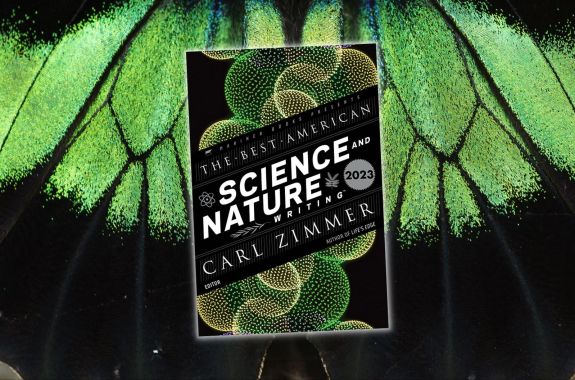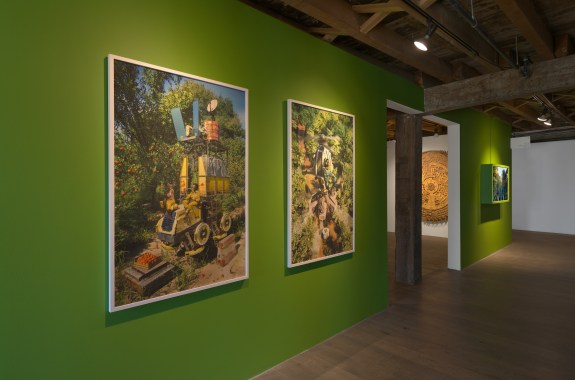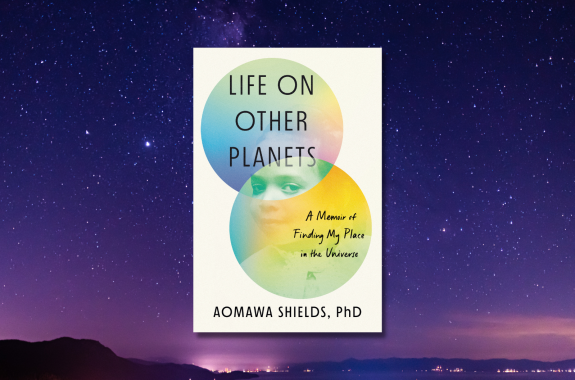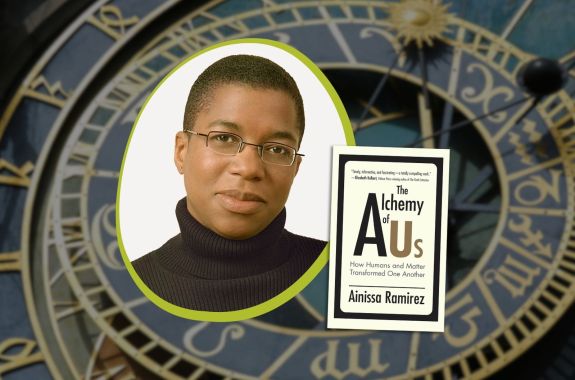Musician Kilo Kish Learns A New Trick
We might think that an old dog can’t learn new tricks. According to neuroscience and neuroplasticity though, that’s not true at all.
Close Out 2023 With The Best American Science And Nature Writing
On December 11, join the editors and writers of this year’s Best American Science and Nature Writing to reflect on their favorites from last year.
Pixel Art Conjures Nostalgia For A Screen Experience That Didn’t Exist
Crisply pixelated video games evoke nostalgia for decades past. But early games, played on boxy CRT televisions, just didn’t look like that.
How Five Elements Define Life On Earth
Is the secret to life really just wrangling carbon, oxygen, hydrogen, nitrogen, and phosphorus? Author Stephen Porder explains in a new book.
A Climate Change Exhibit Asks ‘What If We Get It Right?’
A new exhibit at Brooklyn’s Pioneer Works museum explores the possibility of a hopeful climate future.
The Science Of Boredom And Daydreaming
Daydreaming is harder for adults, who often require a prompt to think about something pleasant.
Diving Into Elon Musk’s Mind
Walter Isaacson’s latest biography peers into the life and mind of entrepreneur Elon Musk.
16:56
Finding Meaning In The Cosmos
In her new memoir, astrobiologist Dr. Aomawa Shields describes how a quest for life in the cosmos helped her find meaning on Earth.
Looking To Outer Space To Find Meaning On Earth
A quest for life in the cosmos has given astronomer and astrobiologist Dr. Aomawa Shields new perspective on a meaningful life on Earth.
The Alchemy Of Us: Author Livestream And Q&A
On November 20, we talk about how our values are baked into our creations—and the people who helped bring them into reality.








